Main theme components
| Plot | Panel | Axis | Legend | Strip |
|---|---|---|---|---|
| background | background | title | background | background |
| title | border | text | key | placement |
| subtitle | grid | ticks | title | text |
| caption | spacing | line | text | |
| margin | position |
Economic Policy Visualization
Wealth · Themes
May 15, 2023
Non-financial assets
Financial assets
Liabilities
No human, social and cultural capital; No public social security pensions (marketable vs. augmented wealth)
\[P_i(x_i) = Pr(X_i \leqslant x_i) = 1 - \left(\frac{m_i}{x_i}\right)^{\alpha_i}\] \[\forall ~\text{implicates} ~i = 1...5 \wedge x_i \geqslant m_i\]
A smaller \(\alpha\) means greater inequality. Empirically, \(\alpha\) often is around 1.5 for wealth.
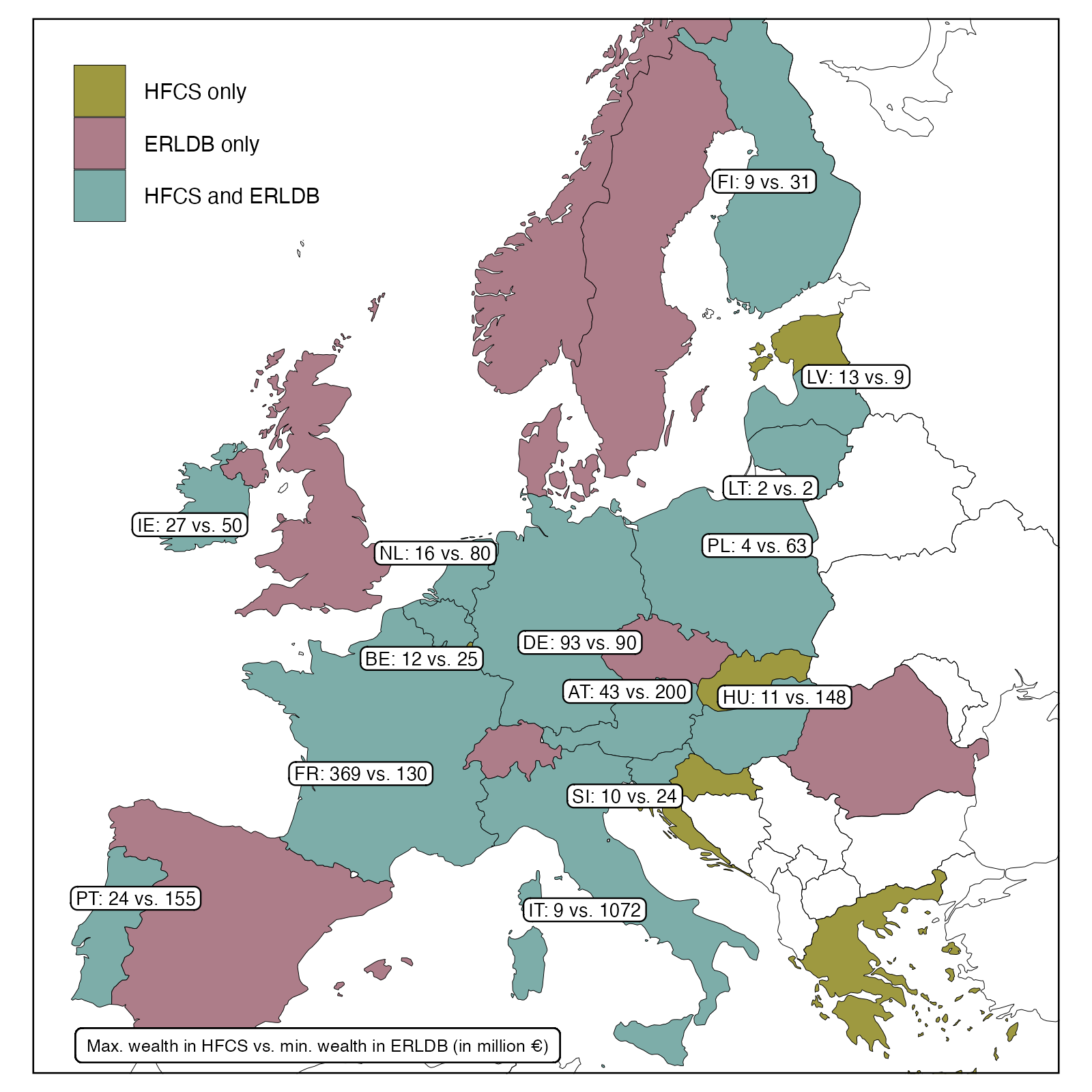
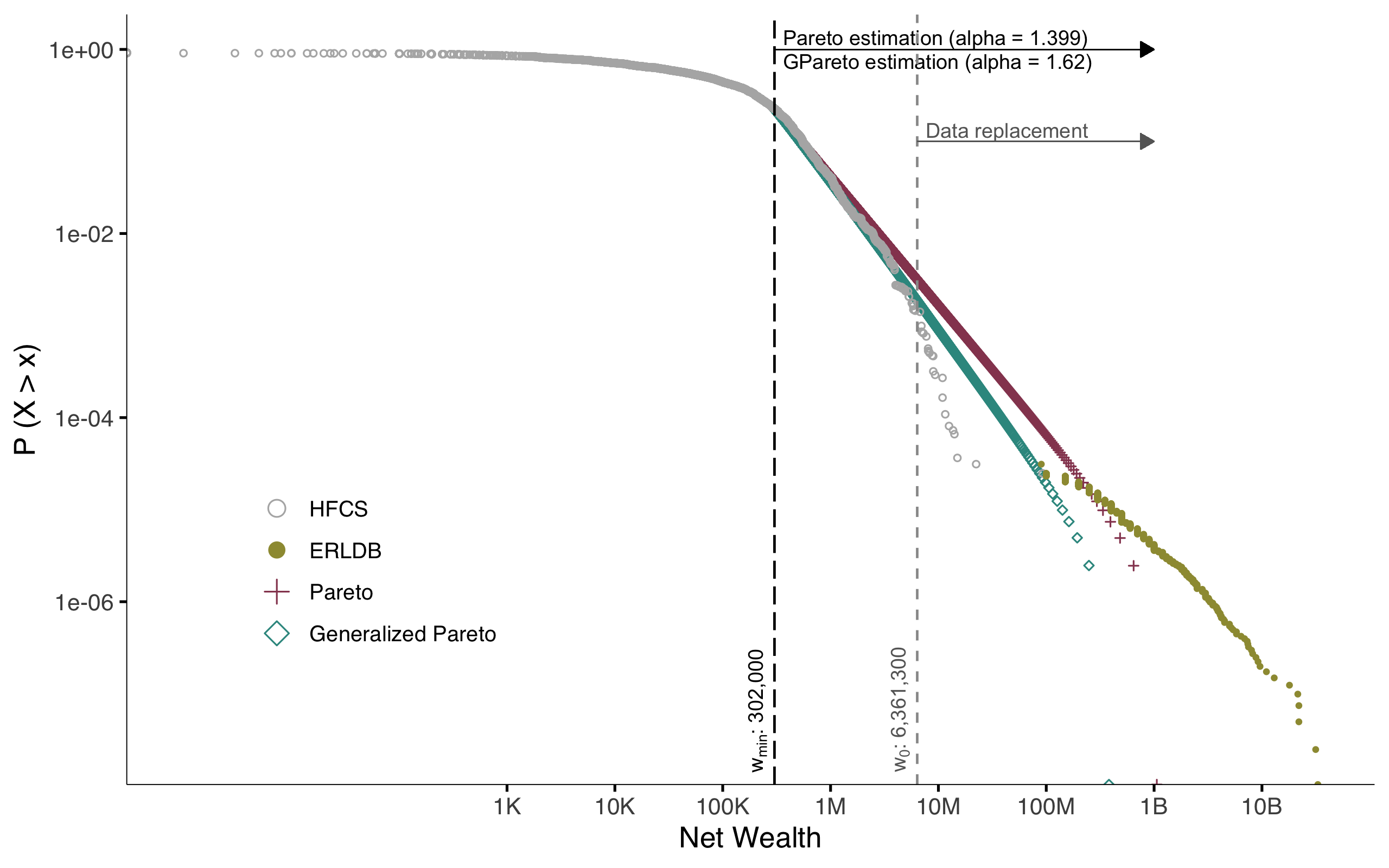
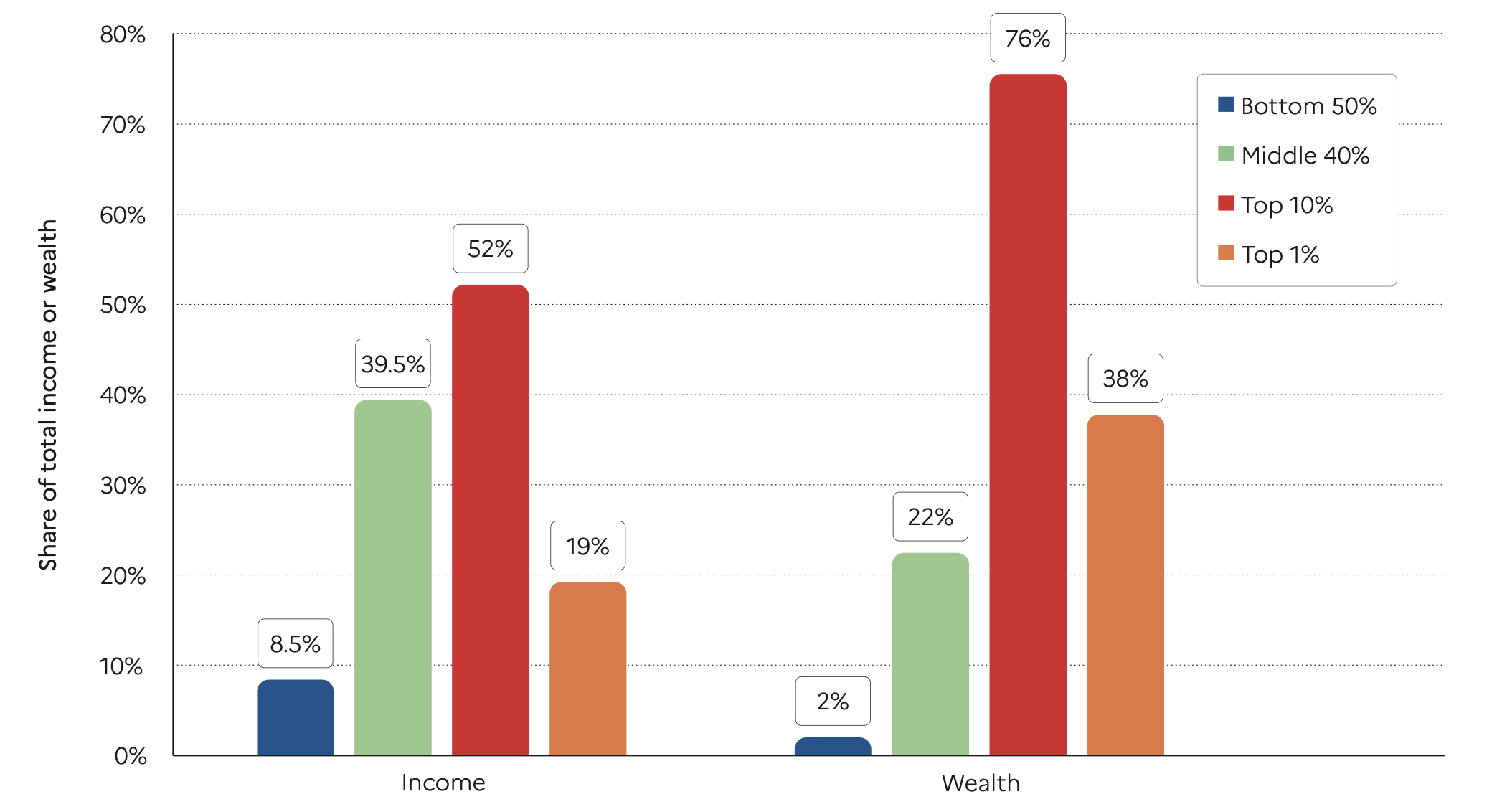
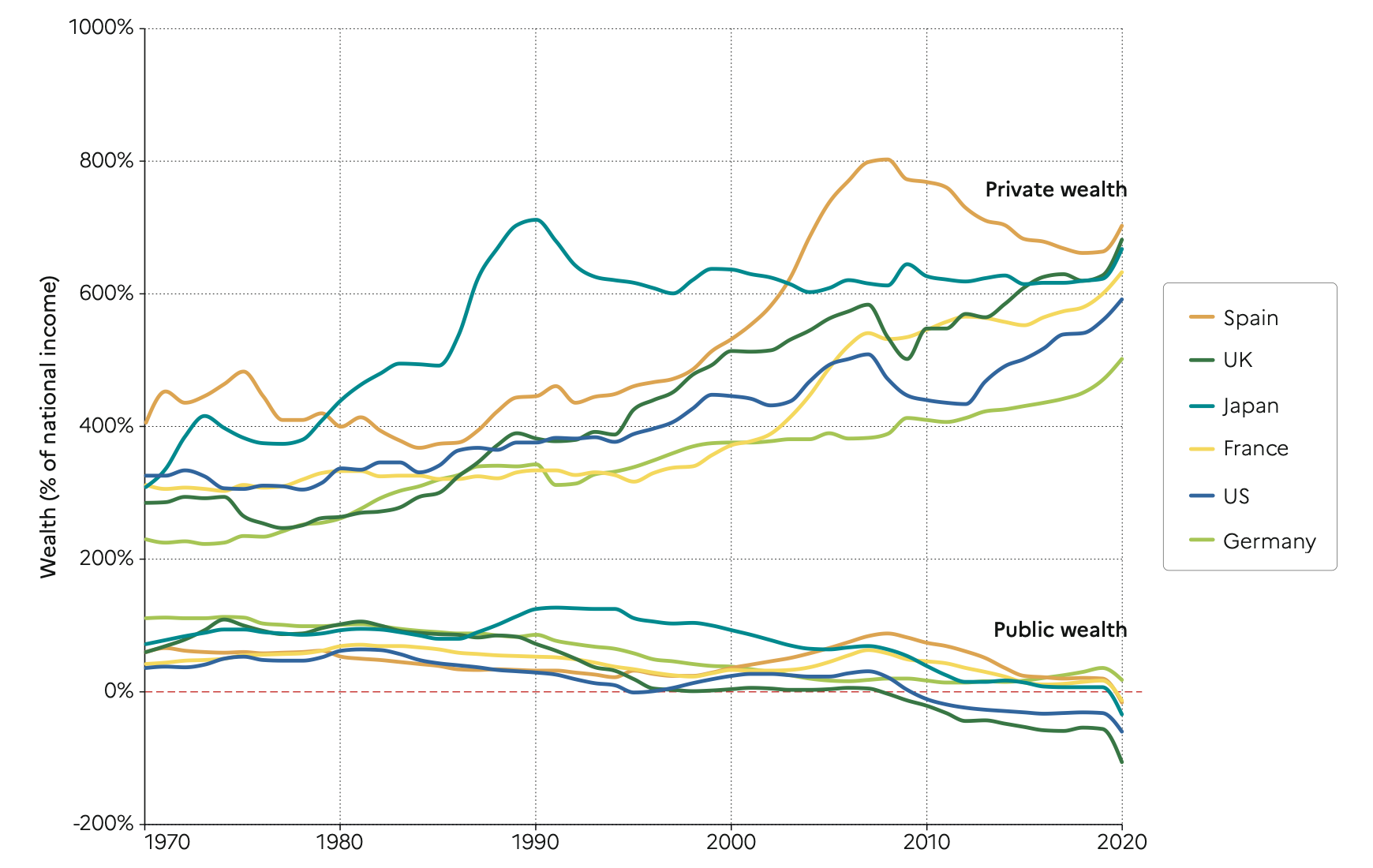

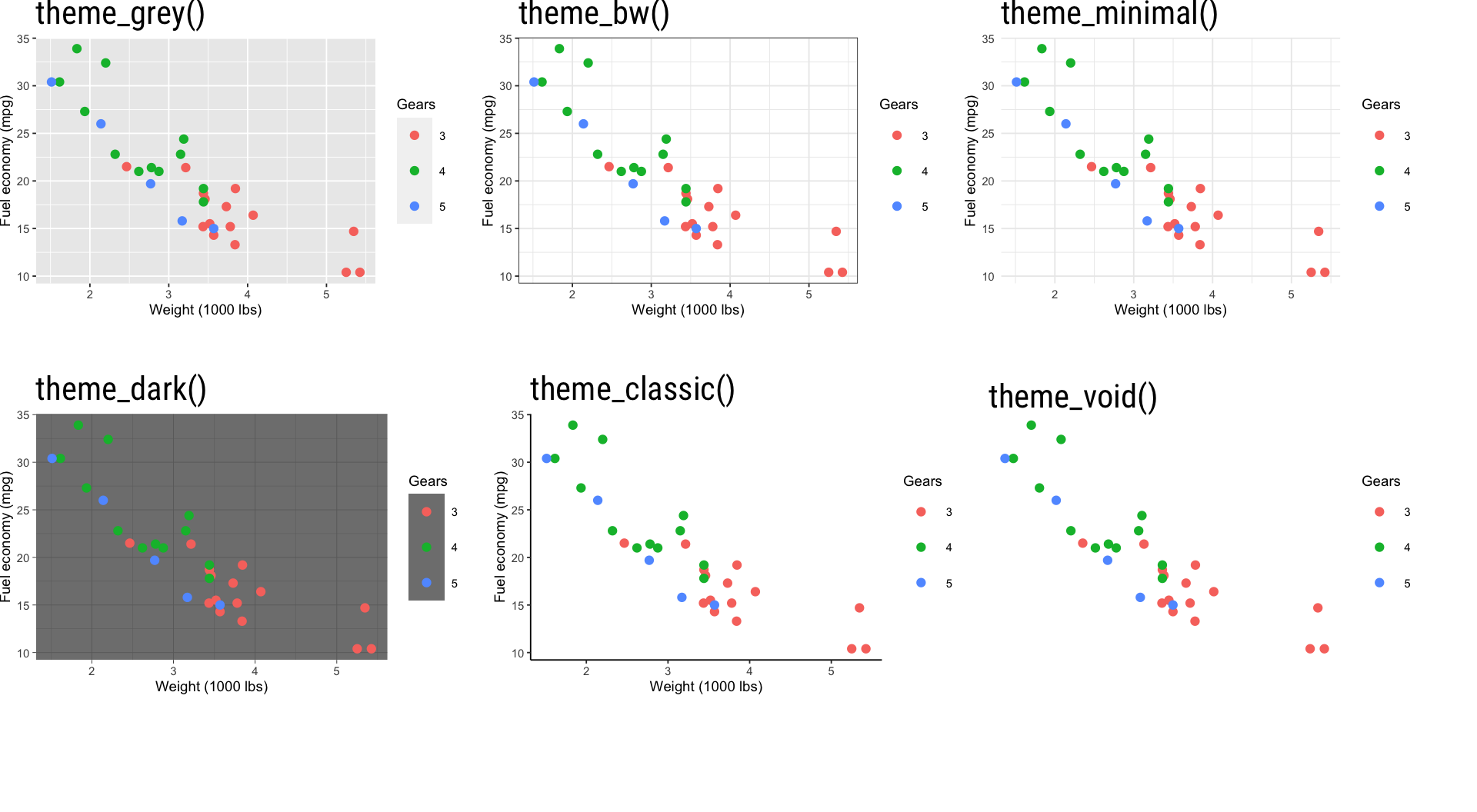
| Plot | Panel | Axis | Legend | Strip |
|---|---|---|---|---|
| background | background | title | background | background |
| title | border | text | key | placement |
| subtitle | grid | ticks | title | text |
| caption | spacing | line | text | |
| margin | position |

PI 5620 Advanced Economic Policy | Summer term 2023